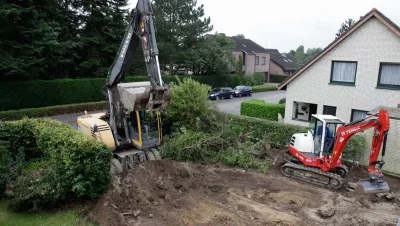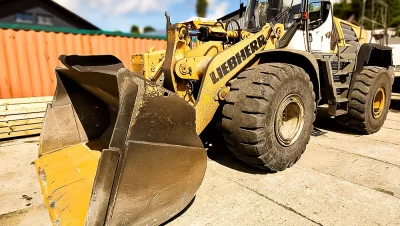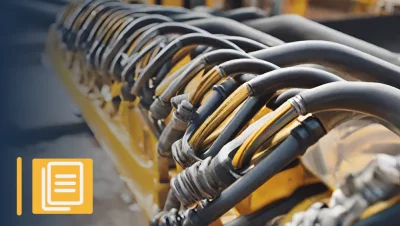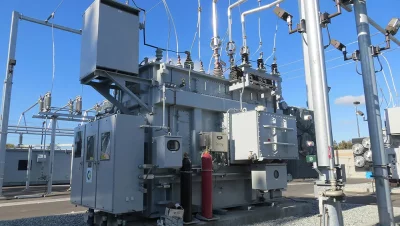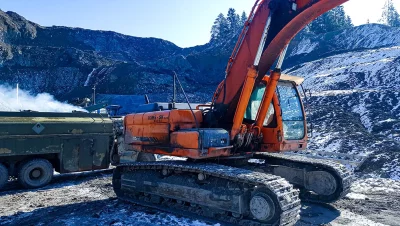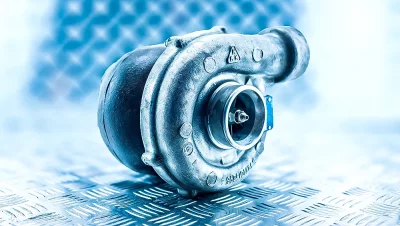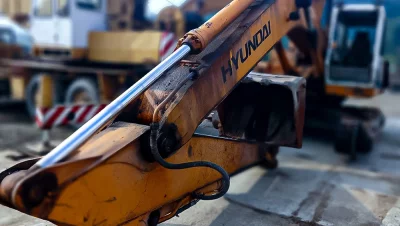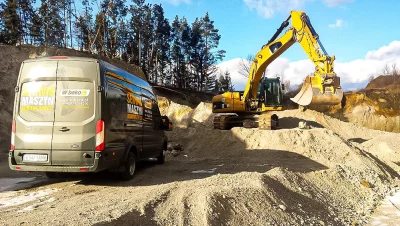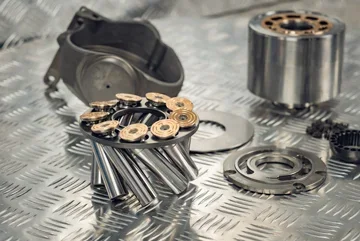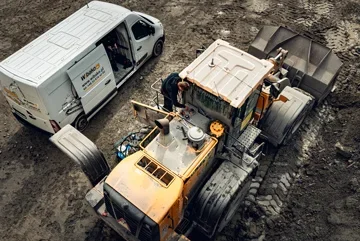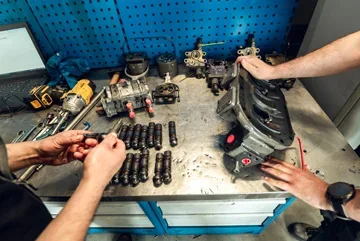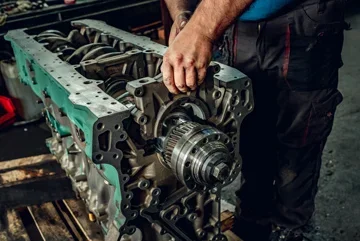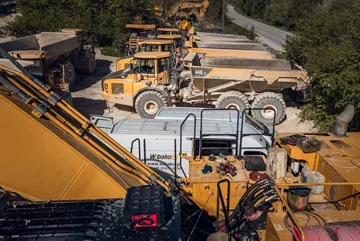Introductory Information
A hydraulic distributor is part of the hydraulic system, with its help you can control the flow of hydraulic oil to individual elements of the machine. Hydraulic distributors allow for the division and controlled flow of hydraulic fluid to hydraulic components.
They operate on the principle of valves, which can be manually or automatically controlled. 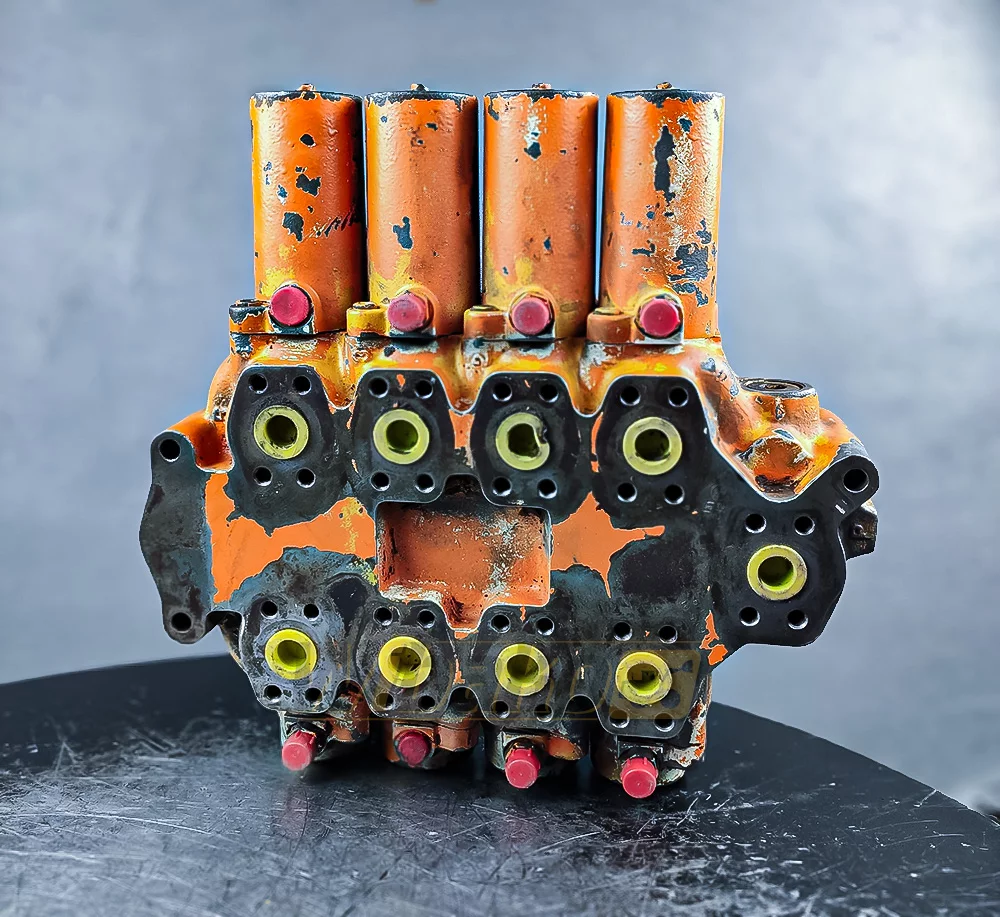
Distributor Structure
The structure of a hydraulic distributor can vary depending on the type and application, but generally they perform the same functions - they allow for the control of hydraulic fluid and precise control of various machine components. Types of hydraulic distributors in terms of construction are: slider, socket, rotary.
- Slider distributors: its structure consists of a working element, as the name suggests - a slider, with which the flow of hydraulic fluid is controlled. The slider itself can be flat, cylindrical or cylindrical (piston) and it is a movable element that moves in response to the operator's actions, affecting the flow of fluid to different sections or components of the machine.
- Socket distributors: use sockets or holes to connect hydraulic hoses. In this way, the flow of hydraulic fluid in the system is controlled.
- Rotary distributors: use a rotating shaft or disc to control the transmission of hydraulic fluid.
- Block distributors: consist of several separate blocks and sections, they are mounted next to each other and connected by hydraulic hoses.
- Monoblock distributors: are uniform units in which all sections are located in a single block.
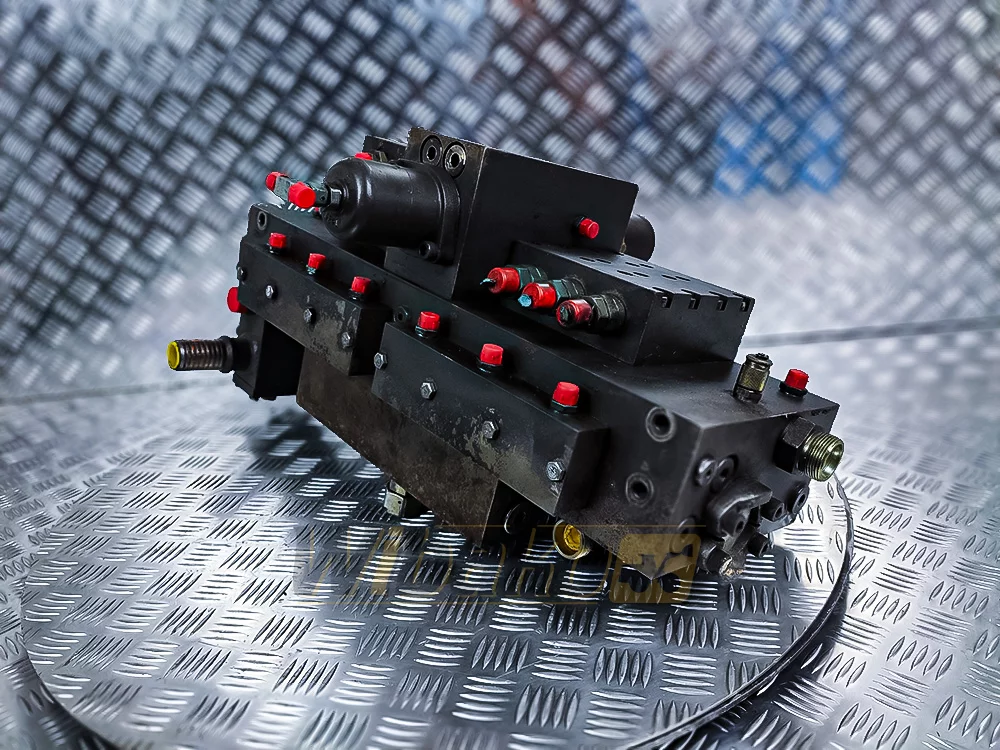
Application of Hydraulic Distributors
The diversity of distributors means that they find wide application in industry. Slider distributors are the most popular choice, often found in construction machines, but also in mining and agricultural vehicles.
Their use in excavators, bulldozers, or loaders allows the operator to precisely control the movement of the machine, lifting and lowering the bucket, or controlling the movement of the vehicle.
With the help of distributors, control of various subassemblies in the construction machine takes place. This is done by directing the hydraulic fluid through pipes to a specific receiver.
The fluid reaching the hydraulic engine sets the release in motion and thus drives the ride of e.g. an excavator. Fluid reception by the hydraulic cylinder enables the movement of the boom and arm of the machine.
How a Hydraulic Distributor Works
Despite differences in construction, the general principle of operation of distributors is the same, i.e. control of the flow of hydraulic fluid to individual elements of the hydraulic system.
The operator of the construction machine uses levers or knobs to open or close the valves in the controlling section. After opening the appropriate valves in the distributor, hydraulic fluid is sent to machine components such as hydraulic cylinders, which are responsible for lifting the boom and moving the arm.
In the same way, oil can be transferred to the hydraulic engine. Hydraulic distributors allow for precise control of the machine's movement and functions. 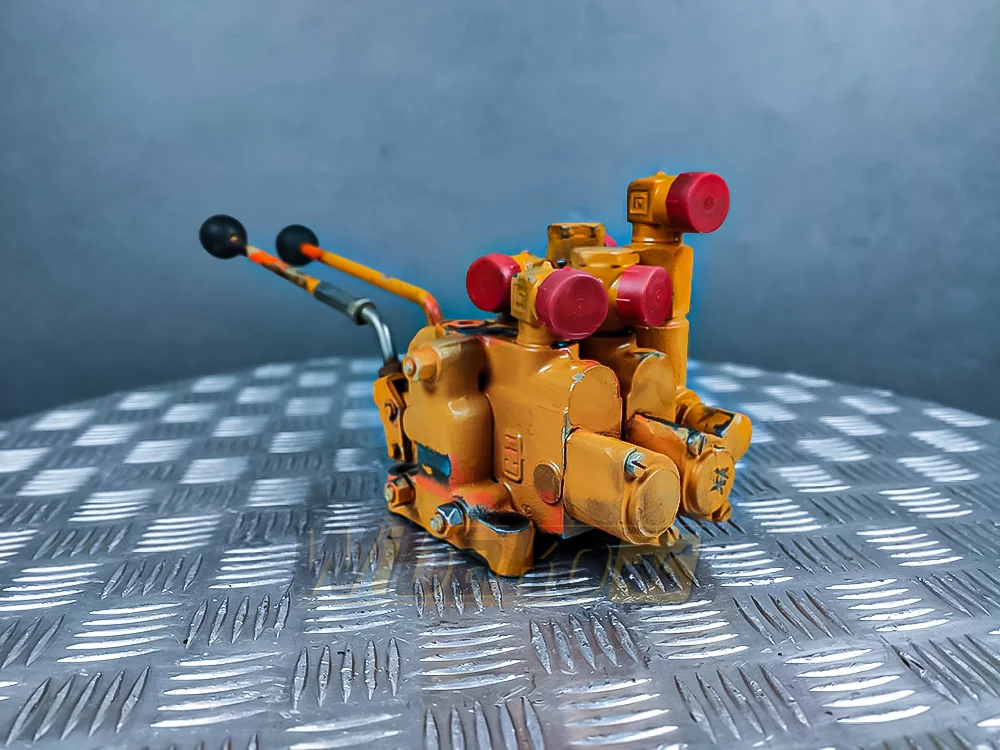
Operation and Maintenance of Hydraulic Distributors
Proper operation of the distributor is extremely important and fundamentally affects reliability and efficiency. Everything starts with thorough training of the operator, who should be very well oriented, how the distributor works and functions in the hydraulic system of the machine.
Good operating habits include avoiding sudden changes in the speed of movement of the distributor's lever or knobs, overloads, and also adjusting the pressure of the hydraulic fluid to be in line with the manufacturer's recommendations.
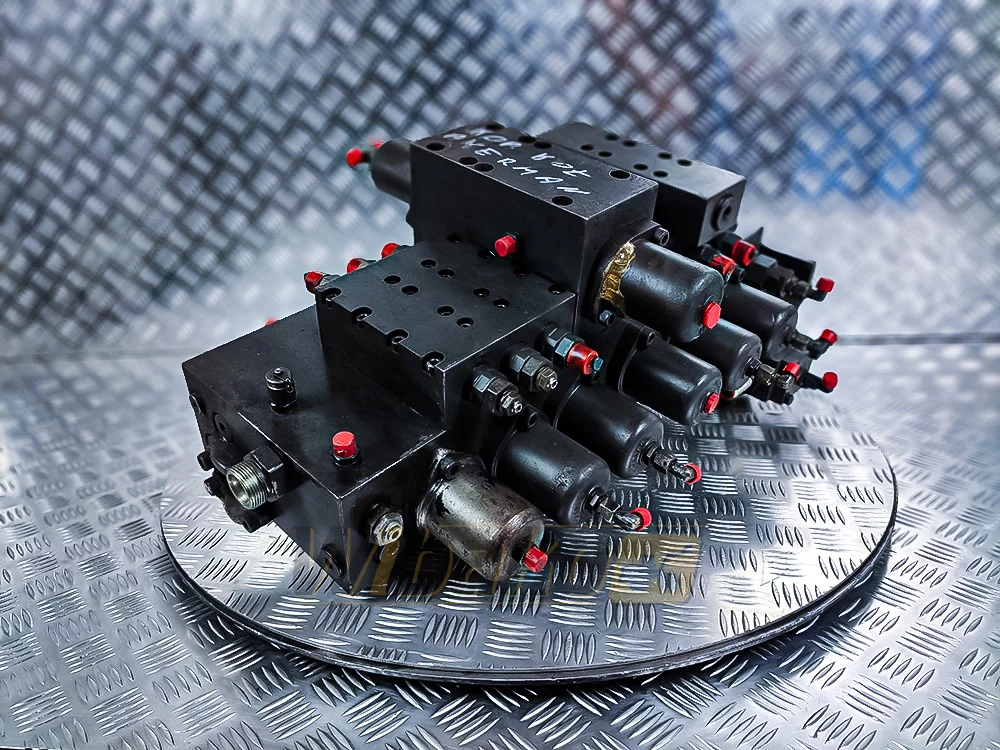
The cleanliness of the hydraulic fluid also has a direct impact on the operation of the entire hydraulic system of the machine. Contaminants such as dust, dirt, or metals can damage the distributor and other components. The use and regular replacement of hydraulic filters is important for the machine's lifespan.
It is also worth reminding about planning regular technical inspections. A professional assessment by an expert can help detect problems at an early stage and prevent unnecessary machine downtime.



